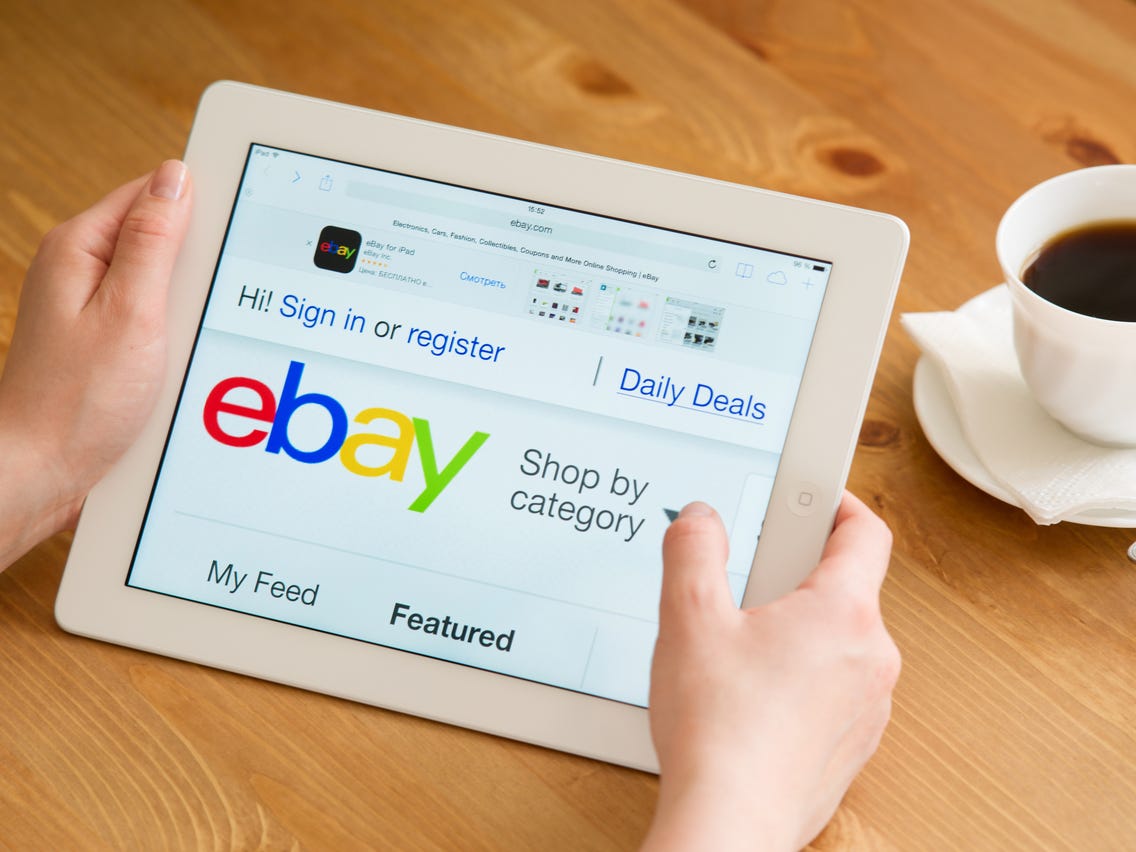How to Increase Product Value Without Raising Prices: Creative Strategies for Businesses

In today’s fiercely competitive business landscape, the concept of product value has emerged as a cornerstone of sustainable success. Product value refers to the perceived worth of a product or service in the eyes of consumers, encompassing not only its price but also its quality, utility, and emotional appeal. It is this perception that ultimately influences purchasing decisions and fosters customer loyalty. Unlike price, which is often a fixed numerical figure, product value is fluid and dynamic, shaped by a myriad of factors such as brand reputation, customer experience, and market trends. As businesses strive to differentiate themselves, increasing product value without raising prices has become an essential strategy for growth.
The importance of enhancing product value cannot be overstated. In a world where consumers are bombarded with choices, simply offering a lower price no longer guarantees a competitive edge. Instead, businesses must focus on delivering greater value to stand out. This approach not only attracts new customers but also retains existing ones by building trust and satisfaction. Moreover, boosting product value without hiking prices allows companies to maintain affordability while still improving profitability. By creating a stronger emotional connection with their audience, businesses can foster long-term relationships that transcend transactional interactions.
This article explores creative strategies businesses can employ to achieve this delicate balance. From enhancing product features to leveraging customer feedback, we will delve into actionable methods that can elevate product value without inflating costs. These strategies not only empower businesses to thrive in competitive markets but also align with evolving consumer expectations, ensuring sustained relevance and success.
Enhancing Product Features and Quality Without Additional Costs
One of the most effective ways to increase product value without raising prices is by focusing on incremental improvements to product features and overall quality. Small, thoughtful enhancements can significantly boost customer satisfaction and perceived value, often without requiring substantial financial investment. For instance, businesses can streamline their manufacturing processes to reduce defects or incorporate user-friendly design elements that improve functionality. A practical example is Apple’s iterative updates to its iPhone models. While major upgrades may occur annually, minor refinements—such as improved battery life, better camera performance, or enhanced software integration—are consistently introduced to keep the product relevant and appealing.
Similarly, businesses can leverage cost-effective innovations to enhance their products. Consider IKEA, which maintains affordability by optimizing flat-pack designs and modular components. This approach not only reduces shipping and storage costs but also adds value by making assembly easier for customers. Another example is Dollar Shave Club, which differentiated itself by offering high-quality razors at a fraction of the cost of traditional brands. By simplifying packaging and cutting out middlemen, they delivered superior value without compromising on quality.
To implement these strategies, businesses should start by analyzing customer feedback and usage patterns to identify areas for improvement. Collaborating with suppliers or adopting lean manufacturing techniques can further drive efficiency. By focusing on innovation and continuous refinement, companies can elevate their offerings and create lasting value for their customers.
Elevating Customer Experience Through Personalization and Service Excellence
Enhancing the customer experience is another powerful way to increase product value without altering prices. Personalization plays a pivotal role in this regard, as it allows businesses to tailor their offerings to meet individual preferences and needs. For example, streaming platforms like Netflix and Spotify use sophisticated algorithms to recommend content based on user behavior, creating a sense of exclusivity and relevance. Similarly, e-commerce giants like Amazon employ personalized recommendations and targeted promotions, fostering a deeper connection with customers. These efforts not only improve satisfaction but also encourage repeat purchases, effectively amplifying product value.
Service excellence is equally critical in differentiating a business from its competitors. Exceptional customer support can transform a one-time buyer into a loyal advocate. Take Zappos, for instance, which built its reputation on unparalleled customer service. Their policy of free returns and 24/7 support creates a hassle-free shopping experience, reinforcing trust and loyalty. Another example is Starbucks, which trains baristas to remember regular customers’ names and orders, adding a personal touch that enhances the overall experience.
Businesses seeking to adopt these strategies should prioritize understanding their customers’ pain points and preferences. Implementing tools like CRM systems can help track interactions and personalize communication. Additionally, investing in employee training ensures consistent delivery of high-quality service. By combining personalization with exceptional service, businesses can create memorable experiences that resonate with customers and elevate the perceived value of their products.
Building Emotional Connections Through Storytelling and Brand Loyalty
Storytelling and brand identity serve as powerful tools for businesses aiming to increase product value without raising prices. When a brand crafts a compelling narrative around its mission, values, or origin, it fosters an emotional connection with its audience. This connection transcends the functional aspects of a product, transforming it into something customers feel personally invested in. For example, TOMS Shoes has built its brand around the “One for One” model, where every purchase helps provide shoes to children in need. This story not only resonates with socially conscious consumers but also elevates the perceived value of the product, as buyers feel they are contributing to a greater cause.
Similarly, Patagonia has cultivated brand loyalty by championing environmental sustainability. Through storytelling campaigns that highlight their commitment to reducing ecological footprints, they have created a community of loyal advocates who view their products as extensions of their own values. Such narratives make customers feel aligned with the brand, fostering a sense of belonging and trust. This emotional bond often translates into higher customer retention rates and increased word-of-mouth referrals, both of which amplify product value.
Businesses can emulate these strategies by identifying unique aspects of their brand and weaving them into relatable stories. Sharing behind-the-scenes content, customer testimonials, or impactful milestones through social media and other channels can humanize the brand and deepen engagement. By prioritizing authenticity and consistency in their messaging, companies can build enduring relationships that reinforce product value far beyond its price tag.
Leveraging Social Proof and Community Engagement
Social proof and community engagement represent two potent strategies for enhancing product value without increasing prices. Social proof, which encompasses customer reviews, testimonials, and endorsements, serves as a powerful validation tool that builds trust and credibility. For instance, businesses like Airbnb have capitalized on guest reviews to establish reliability and transparency. Positive feedback from previous users reassures potential customers about the quality and safety of the service, thereby elevating its perceived value. Similarly, platforms like Yelp and Trustpilot enable businesses to showcase authentic reviews, creating a ripple effect of trust that encourages new customers to engage with the brand.
Community engagement complements social proof by fostering a sense of belonging and shared purpose among customers. Brands like Nike have excelled in this area by creating online communities and hosting events that bring enthusiasts together. These initiatives not only strengthen brand loyalty but also turn customers into advocates who actively promote the product. For example, Nike’s Run Club app connects runners worldwide, providing challenges, coaching, and social sharing features that enhance the user experience. This communal aspect adds intrinsic value to the product, as customers feel part of something larger than themselves.
To implement these strategies, businesses should actively encourage satisfied customers to leave reviews and share their experiences on social media. Hosting events, webinars, or creating exclusive online groups can further nurture a sense of community. By integrating social proof and engagement, companies can amplify their product’s value organically, creating a self-sustaining cycle of trust and advocacy.
Strategic Partnerships and Bundling: Unlocking New Value Propositions
Strategic partnerships and bundling offer innovative avenues for businesses to increase product value without inflating prices. Collaborating with complementary brands allows companies to tap into new audiences and deliver enhanced offerings that resonate with customers. For example, Spotify’s partnership with Hulu provides subscribers with a bundled entertainment package that combines music streaming and video content at a competitive rate. This collaboration not only increases the perceived value of both services but also strengthens customer retention by addressing multiple needs within a single subscription.
Similarly, bundling products or services enables businesses to create attractive packages that incentivize larger purchases. Fast-food chains like McDonald’s exemplify this strategy through their meal deals, where customers receive a combination of items at a perceived discount compared to buying them individually. This approach not only boosts sales volume but also enhances the customer experience by offering convenience and variety. Technology companies like Microsoft also leverage bundling by offering Office 365 subscriptions, which combine popular applications like Word, Excel, and PowerPoint into a cohesive suite, providing users with comprehensive productivity tools at a single price point.
To implement these strategies, businesses should identify potential partners whose offerings align with their target audience’s needs. Careful planning ensures that partnerships and bundles complement each other, delivering genuine value rather than appearing as forced combinations. By strategically integrating collaborations and bundling, companies can craft compelling value propositions that attract and retain customers without resorting to price hikes.
The Path Forward: Increasing Value Through Innovation and Connection
In today’s competitive marketplace, the ability to increase product value without raising prices is a defining factor for business success. By embracing strategies such as enhancing product features, personalizing customer experiences, crafting compelling brand stories, leveraging social proof, and forming strategic partnerships, companies can unlock new dimensions of value that resonate deeply with their audience. These approaches not only address evolving consumer expectations but also foster loyalty and trust, creating a sustainable competitive advantage. Businesses that prioritize innovation and meaningful connections will find themselves well-positioned to thrive in an era where value transcends mere pricing.











